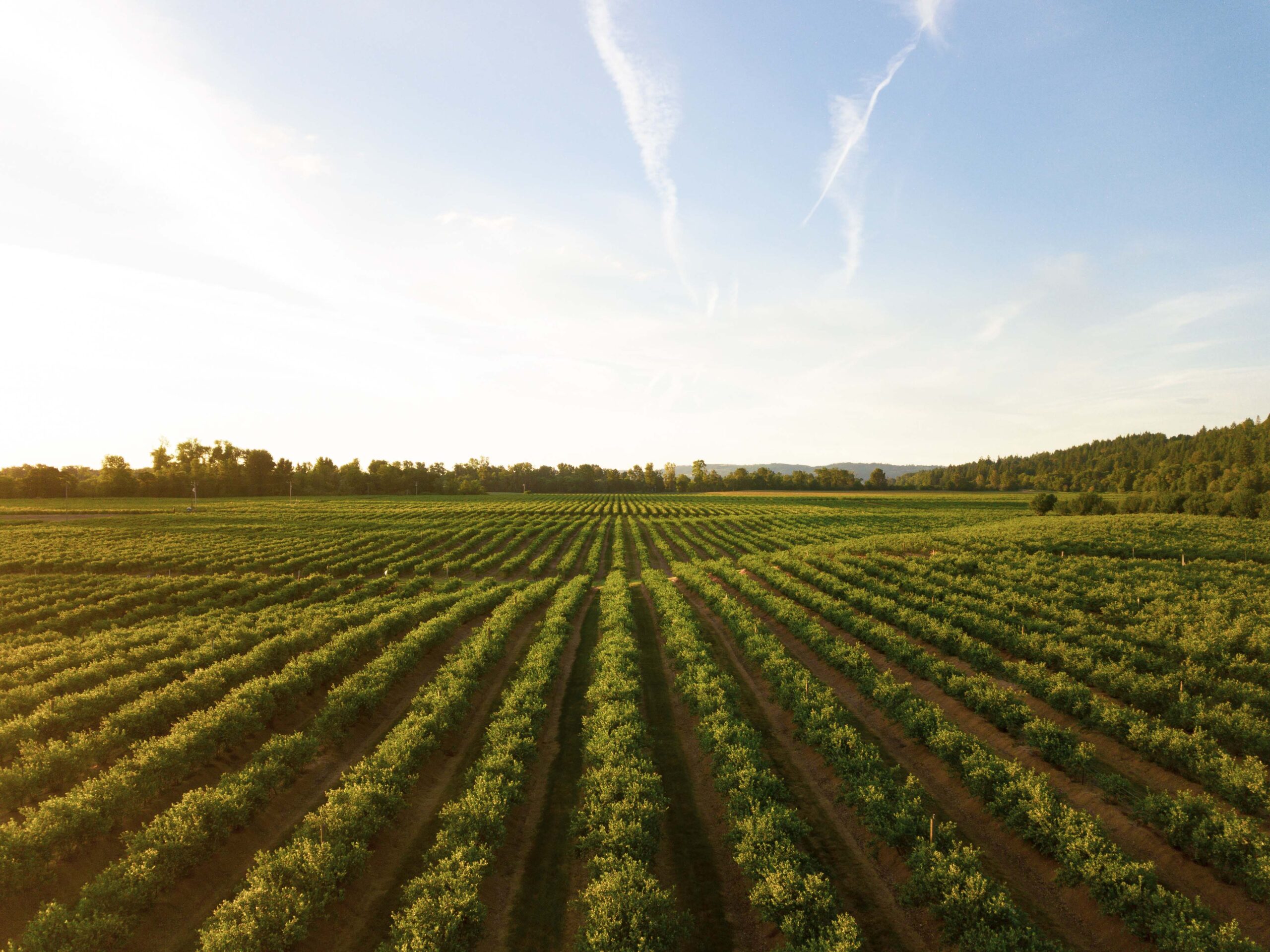What’s on the table is what’s eaten (Part 1: History)
Excerpt from: »WHAT’S ON THE TABLE IS WHAT’S EATEN: A text seemingly about recalcitrant cows, vertical farms and unrecognisable future habitats for sapiens«. Reflections by Daniel Podmirseg, Vienna August 25th 2023
The domestication of Homo Sapiens
We are still part of nature. But with that the discussion about nature is closed once and for all. Here it’s about cultural achievements. About 11,500 years ago, we assumed - step by step - that it might be wiser to grow food ourselves. From the initial 50.000 m² that a person needed to feed himself sufficiently before the Neolithic, we now need 2.300 m² per caput.
It is a fact that by observing and understanding seasons, temperature fluctuations, changing lighting conditions, the related succession of cultures and plant growth as well as the behaviour of wild animals, we copied, influenced, and changed parts of natural processes by producing thousands of cultivars of fruit, vegetables, grains and animals, nature has never seen before.
The Neolithic revolution can also be viewed dialectically. Regardless of whether we domesticated the wheat, or it domesticated us, it is an ambivalent success story that began for us back then. As hunter-gatherers, we had a far more diverse food basket until the 20th century. Primal wheat was just one of them. It is an extremely demanding wild grass species. Of all plants, it was the one we pounced on. The list of requirements for a happy and high-yielding wheat stalk is long, from extensive solar radiation to the right composition or ratio of water and nutrients. The latter should by no means be shared with other plants. And if there are too many stones in the soil, the expected harvest, which is essential for survival - once a year - is considerably impaired.
An incredibly large amount of work has thus been imposed on us by the transition from hunter-gatherer. Watering, weeding, tilling the soil, stooping, sweating, bending, pawing, crawling. An incredibly arduous physical activity the sapiens’ body is not designed for. Not with the happy foresight of a bountiful supply for the meagre winter months ahead, but all in daily worry and psychological tension about it, comparable to the moment of the rolling ball on the roulette table.
Computing systems, language, administration, storage facilities, building typologies, legal systems and jurisdictions had to be co-developed in parallel, as what had been laboriously and sometimes agonisingly acquired had to be managed, defended, and distributed. Wheat has spread over an area equivalent to Algeria.
Farm animal husbandry did not begin with the stable, but with the protection of herds from predators other than humans and certainly from humans of other tribes, with the removal of recalcitrant, weaker, or older individuals. Whether they became tame because we intervened in evolution through selection or by being fed by us on a daily basis is irrelevant - both hypotheses are convincing. To feed all our farm animals today we need an area equivalent to two Australias. They represent 95% of the total mass of all mammals living in the world.
Photography: Unsplash
From mimic to meaning
Thus, in evolutionary terms, we can see the invention of agriculture as a stroke of luck for Homo Sapiens. At the beginning, according to various estimates, we were no more than 10,000,000 people on earth, concentrated on the northeast coast of South America, parts of Mexico and western North America, central Africa, the Levante and Turkey, Indonesia, and East Asia. We cracked the 8 billion mark this year. Therefor each of us feeds about 9 farm animals in this very moment while reading.
Biomimicry was the original impulse of humans. However, this conversion is no longer part of nature, but the birth of culture, it is the true opposite of it. Agriculture enabled us to become what we are today. They enabled us to develop the beautiful and enchanting aspects of life - to create meaning and value, ethics and activities beyond hunting and gathering, from art to music, from philosophy to science. It opened the way to the division of labour, which allowed everyone to search for his or her own individual meaning in life. So – while nearly every human on earth was busy with labour on the field, three, four or five percent filled up our history books. A relationship that has been reversing globally at an accelerating pace for the past century.
Since agriculture became more and more structurally coupled with industry, especially the oil- and armaments industries, agricultural production has completely changed not only in practice and scale, but also in its energy consumption patterns. From the Neolithic Revolution to the Green Revolution, the only sources of energy for food production were human labour and direct sunlight, which was then increasingly supplemented using electricity and, above all, fossil fuels, especially oil and gas.
In agricultural production in the last 150 years, we have made structural changes which are at the root of many of our problems. Before that time, we used to feed one and a half people with one hectare. Now it’s almost seven. While the world’s population has quadrupled, we have increased yields six-fold, but only doubled the agricultural land. Nevertheless, it is now equivalent to the area of South America, and the trend is rising sharply. This was possible with a fossil energy input increase of + 8,500%.
